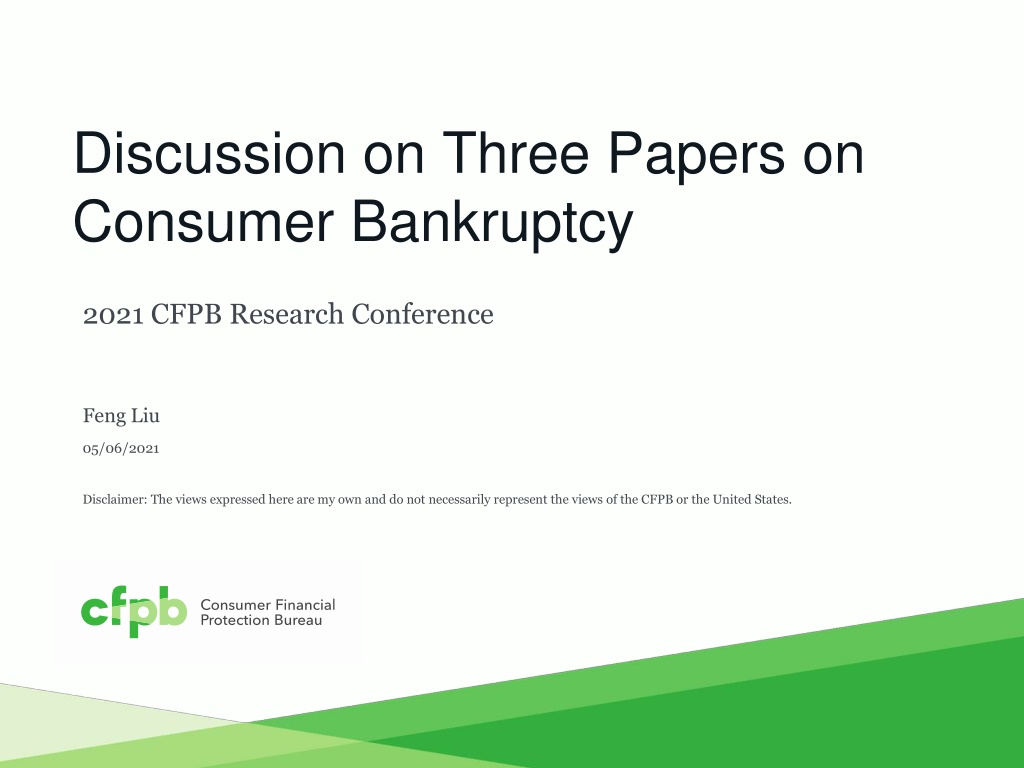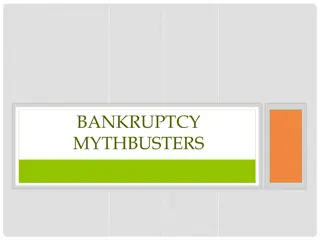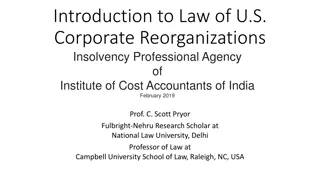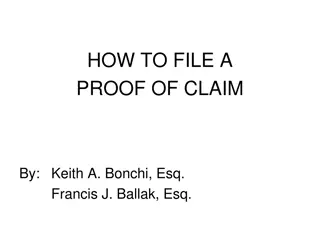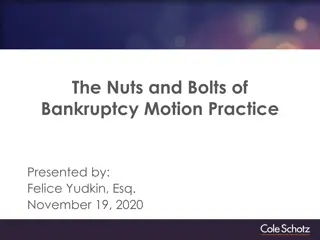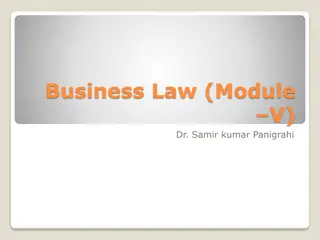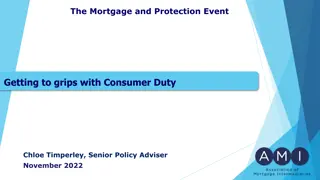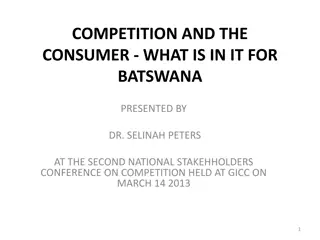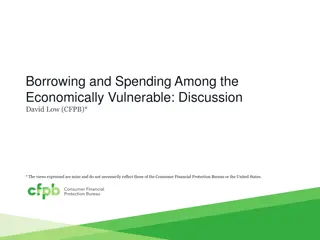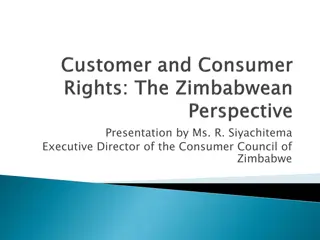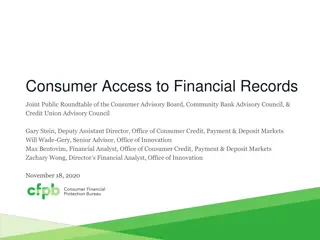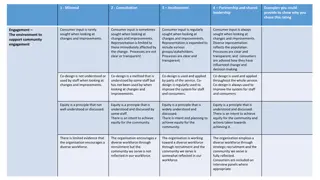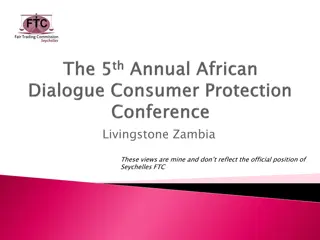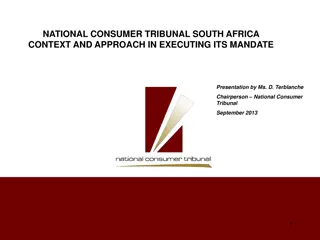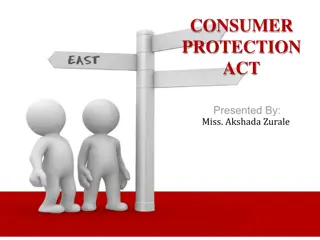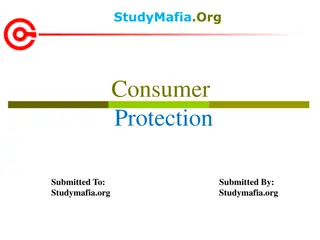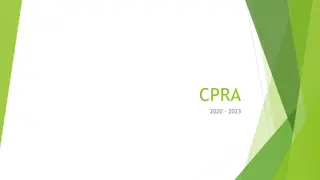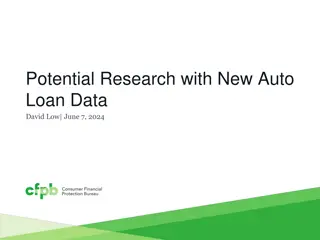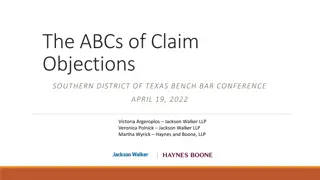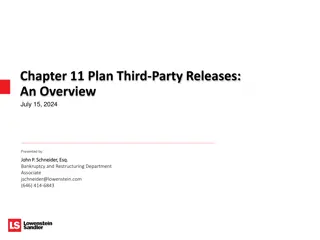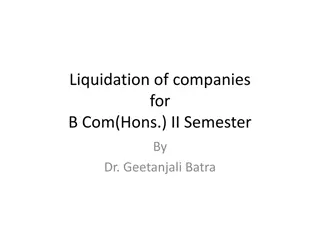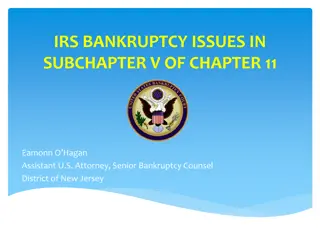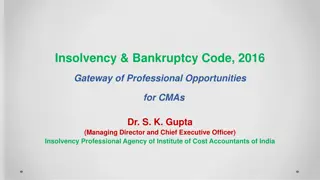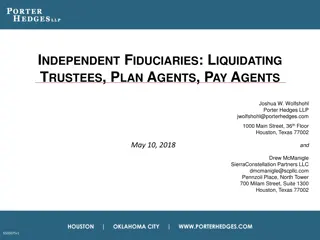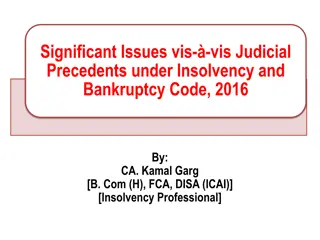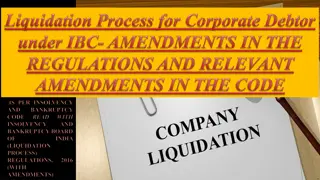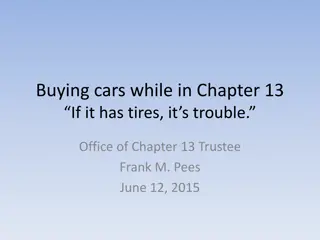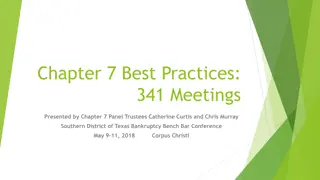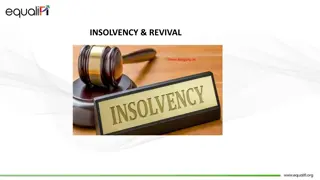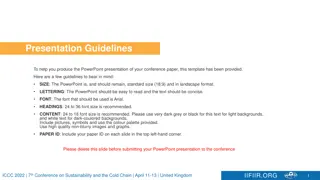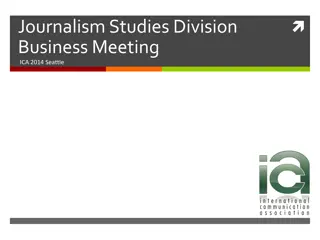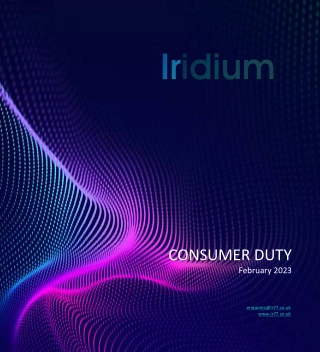Analysis of Consumer Bankruptcy Research Papers at 2021 CFPB Conference
Explore insights from three papers on consumer bankruptcy, discussing topics such as racial disparities in bankruptcy outcomes, benefits of mortgage principal cramdown, and the role of judges and trustees. The research delves into moral hazards, shadow debt, and the impact of race/ethnicity on bankruptcy proceedings, highlighting the importance of factors like trustee assignment and dismissal disparities.
Download Presentation

Please find below an Image/Link to download the presentation.
The content on the website is provided AS IS for your information and personal use only. It may not be sold, licensed, or shared on other websites without obtaining consent from the author. Download presentation by click this link. If you encounter any issues during the download, it is possible that the publisher has removed the file from their server.
E N D
Presentation Transcript
Discussion on Three Papers on Consumer Bankruptcy 2021 CFPB Research Conference Feng Liu 05/06/2021 Disclaimer: The views expressed here are my own and do not necessarily represent the views of the CFPB or the United States.
Theme Bankruptcy provides important insurance values to consumers in financial distress. Bankruptcy outcomes vary across racial groups: Explaining Racial Disparities in Personal Bankruptcy Outcomes, Argyle et al. (a) When coupled with mortgage principal cramdown, it provides additional benefits to consumers: The Effect of Principal Reduction on Household Distress: Evidence from Mortgage Cramdown. Cespedes et al Bankruptcy process could raise concern of moral hazards: Personal Bankruptcy, Moral Hazard, and Shadow Debt, Argyle et al (b) 2
Common Threads Role of judges or trustees: Cramdown paper, Racial disparity paper Instruments: Cramdown paper -- judge leniency to discharge Moral hazard paper garnished wage & time to file Data: PACER: Cramdown paper, moral hazard paper Bankruptcy filing header file LexisNexis InfoUSA on consumer demographic Credit bureau data 3
Explaining Racial Disparity in Bankruptcy Outcome Role of judges or trustees in bankruptcy proceedings: substantial discretion may exist. Obtained data on imputed race/ethnicity of bankruptcy filers, judges, trustees, and attorneys. Only use filer-trustee pairs. Focus on Dismissal. The coefficient on black filer is small and insignificant, while the interaction term black filer * white trustee is positive and statistically significant in all specification. 4
Explaining Racial Disparity in Bankruptcy Outcome Role of judges or trustees in bankruptcy proceedings varies by chapters Chapter 7: Panel and random assignment Chapter 13: standing trustees Are trustee assignment completely random? 5
Explaining Racial Disparity in Bankruptcy Outcome Not all dismissals are the same Based on CFPB Consumer Credit Panel (CCP): 6
Explaining Racial Disparity in Bankruptcy Outcome Not all dismissals are the same Based on CCP 7
Explaining Racial Disparity in Bankruptcy Outcome Controls: year, county, zip, judge, trustee fixed effects, + chapter + pro se Additional controls would help from PACER, Info USA merge Year since filing 8
Mortgage Cramdown Use of judge leniency to instrument is well established in literature Dobie and Song looked at discharge of unsecured debt. This paper s goal is to extend to secured debt, in particular mortgages. PACER merged with Atom Data Solution (RealtyTrac). Most work shown is on the effects of discharge on Y variables in cramdown states. Y include foreclosure in 3, 5 years since filing, short sale, moving out, moving up 9
Mortgage Cramdown Standing alone, effects might as well be from discharge of unsecured debt. Differential effects between cramdown and non-cramdown courts: 10
Mortgage Cramdown Judge leniency as an instrument works well for discharge Which mortgages were underwater and eligible for cramdown? Which loans received cramdown? Identification issue: What other factors? 11
Mortgage Cramdown Cramdown courts versus non-cramdown courts in the sample California effects? 12
Mortgage Cramdown Recession and local house price dynamics California FRED Graph FRED Graph 13
Mortgage Cramdown Controls: Age, Female, zip code level (% of white, single, college degree, median income), office x month FEs How to define female for joint filers? Some suggestions: Mortgage vintage + state level house price change Lower amount of discharged unsecured debt is worth pursuing Policy extrapolation: mortgage interest rates in late 80 s early 90 s are much higher than the rates in Great Recession. 14
Personal Bankruptcy, Moral Hazard, and Shadow Debt Change in garnishable wage provides incentive for distressed consumers to delay bankruptcy filing. Kinks in minimum wage increase. Delayed filers increased debt amount. On a scale not explainable by mechanical reasons. Type of increased debts are mostly shadow debts The effects are more prominent among strategic filers . 15
Personal Bankruptcy, Moral Hazard, and Shadow Debt Great ideas, solid execution. Data PACER Data (in 4 states) merged with credit bureau data. The credit-bureau data contain only individuals who have had or currently have a mortgage serviced by one of the top twenty mortgage servicers by size during our time period. Merge by common information in both datasets. In particular, the 3- or 5-digit ZIP code, the month of bankruptcy filing, and specific debt amounts in each dataset In all cases, require that first mortgage amounts between the two datasets are within 10% of each other to ensure that the matches are correct. In 53% of cases, loan amounts are within 1% of each other, suggesting very high match fidelity. It is actually a lot of noise. 16
Personal Bankruptcy, Moral Hazard, and Shadow Debt Magnitude Roughly one additional month between first 90-day delinquency to time to file. A 30-day filing delay is associated with an additional $7,500 in debt for the strategic sample. That is a lot of money for run up the tab in one month for this subset of distressed borrowers. What can we learn from the filing schedule on the debts instead of the credit bureau merge. Share of unsecured debt: is the base right? 17
Thank you! 18
